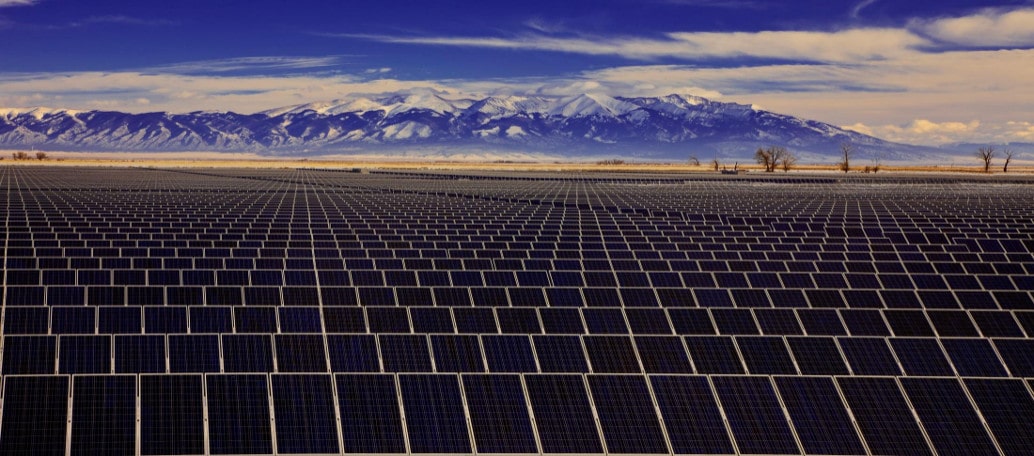Among the complications that SunEdison’s (OTCMKTS:SUNE) bankruptcy has caused for its yieldcos TerraForm Power (NASDAQ:TERP) and TerraForm Global (NASDAQ:GLBL) is a complication of finances.
And while neither company has yet provided its annual financial report for 2015, TerraForm Power and Global yesterday released presentations with their latest estimates for 2016. While attempting to play up the strengths of the yieldcos for investors and potentially new owners, these presentations show that the fallout from the bankruptcy of their sponsor is still having impacts.
Both TerraForm Power and Global expect to report losses this year, with TerraForm expecting losses of $105 – $145 on revenue of $664 – $679 million, and Global expecting a net loss of only $11 – $15 million on revenue of $215 – $242 million.
And while free cash also decreased at both yieldcos from Q2 to Q3, the companies are making progress with debt and financing. TerraForm Power secured $90 million in project-level financing for its solar projects in Canada through a 7-year loan, $70 million of which was used to pay down its revolver. Meanwhile Global paid off $135 million of its revolving credit line, which was the primary factor in the company’s available cash decreasing from $770 million to $583 million from Q2 to Q3.
A more central problem appears to be that under current conditions the two companies are not profitable. Both TerraForm and Global have noted the lack of financial and operational support from SunEdison post-bankruptcy, with TerraForm also reporting increased debt service costs.
A closer look at the cash positions at the two companies shows that during Q3 shows relatively high operating and debt costs relative to how much the projects they own are delivering in revenue. The combination of debt service, operating expenditures (OPEX) and “other”, including non-operating cash costs, at TerraForm in Q3 was $82 million, versus $78 million in project distributions.
Likewise, at Global OPEX was at $15 million during Q2, well in excess of the $10 million in project distributions.
A further indication of trouble is that the two companies were not able to give an estimate of 2016 cash available for distribution (CAFD), but have warned that it will be “substantially lower” than forecasted before the SunEdison bankruptcy. The companies cite various factors, including the loss of support from SunEdison.
TerraForm Power and Global have a complicated relationship with their sponsor, which they are attempting to simplify as they work towards becoming independent companies. The two yieldcos are pursuing over $3 billion in claims against SunEdison, but are also attempting to settle these through a collaborative agreement outside of court.
In the presentation TerraForm and Global emphasized their progress toward become “stand-alone” entities, and as the two have hired three new independent directors the SunEdison now has a minority representation on their boards.
There are no shortage of companies seeking to either take over SunEdison’s role and/or buy out TerraForm Power and Global, and while the two companies have made it clear that they are open to these options they do not appear to have chosen a suitor at this time.
Two weeks ago Brookfield and Appaloosa proposed an expedited buy-out of TerraForm Power and potentially Global as well, following D.E. Shaw’s bid to take over as sponsor a month ago.
This content is protected by copyright and may not be reused. If you want to cooperate with us and would like to reuse some of our content, please contact: editors@pv-magazine.com.









By submitting this form you agree to pv magazine using your data for the purposes of publishing your comment.
Your personal data will only be disclosed or otherwise transmitted to third parties for the purposes of spam filtering or if this is necessary for technical maintenance of the website. Any other transfer to third parties will not take place unless this is justified on the basis of applicable data protection regulations or if pv magazine is legally obliged to do so.
You may revoke this consent at any time with effect for the future, in which case your personal data will be deleted immediately. Otherwise, your data will be deleted if pv magazine has processed your request or the purpose of data storage is fulfilled.
Further information on data privacy can be found in our Data Protection Policy.